Illuvium Arena and Teamfight Tactics (TFT) share the same core mechanics of auto battler games: building a team, managing resources, and placing units on the board to fight automatically. However, each title develops the genre in a different way.
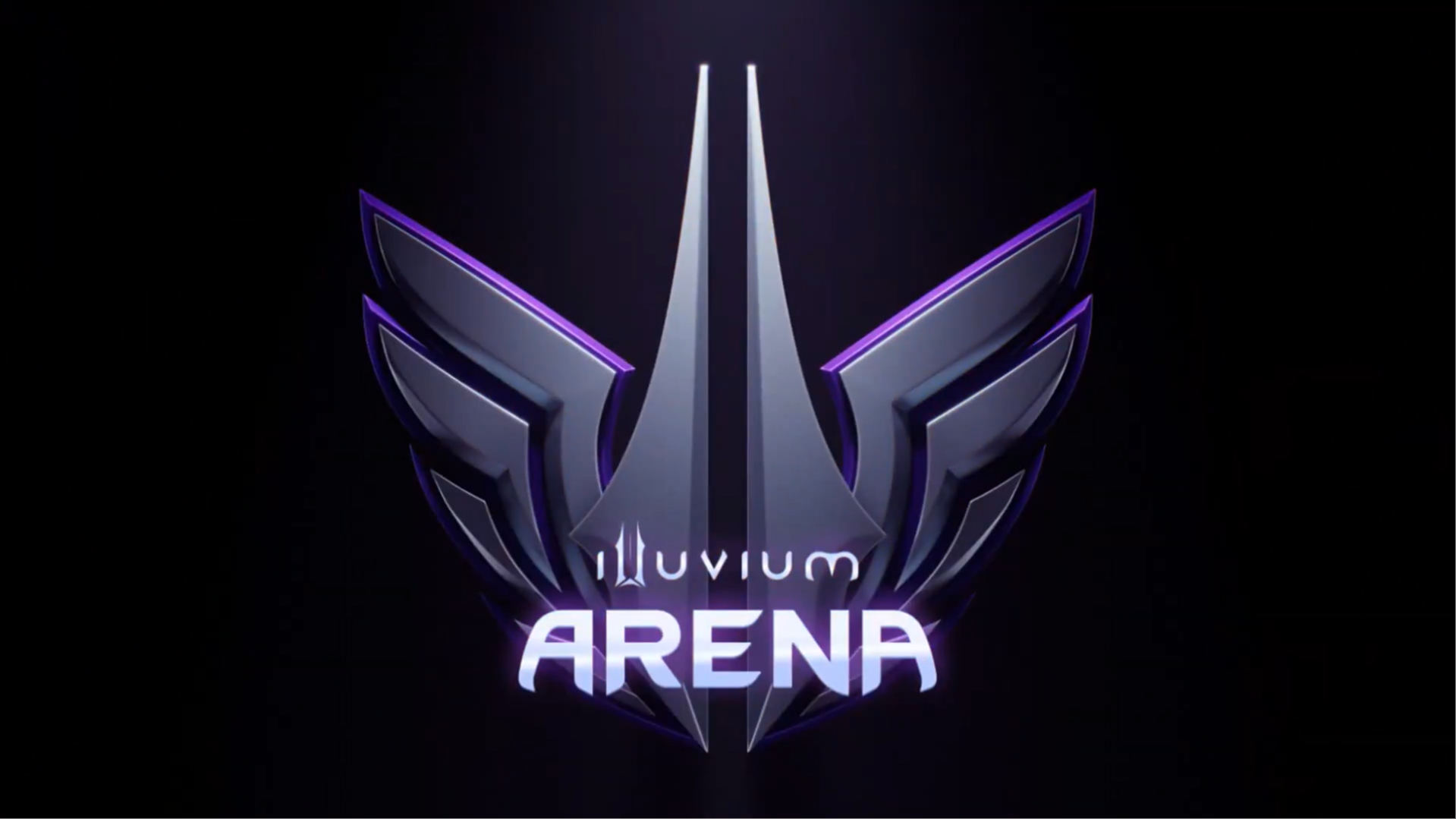
This article explains their similarities and differences, highlighting the most important aspects for players familiar with TFT who want to understand what Illuvium brings to the table.
What is Illuvium Arena?
Illuvium is a gaming universe where the main characters are the Illuvials, creatures that can be assembled into teams and evolved through fusion.
In the Arena mode, players face each other on hexagonal boards, leveraging combinations of classes (such as Fighter, Rogue, or Psion) and elemental affinities (such as Water, Fire, or Earth). These combinations create synergies and advantages similar to TFT traits.
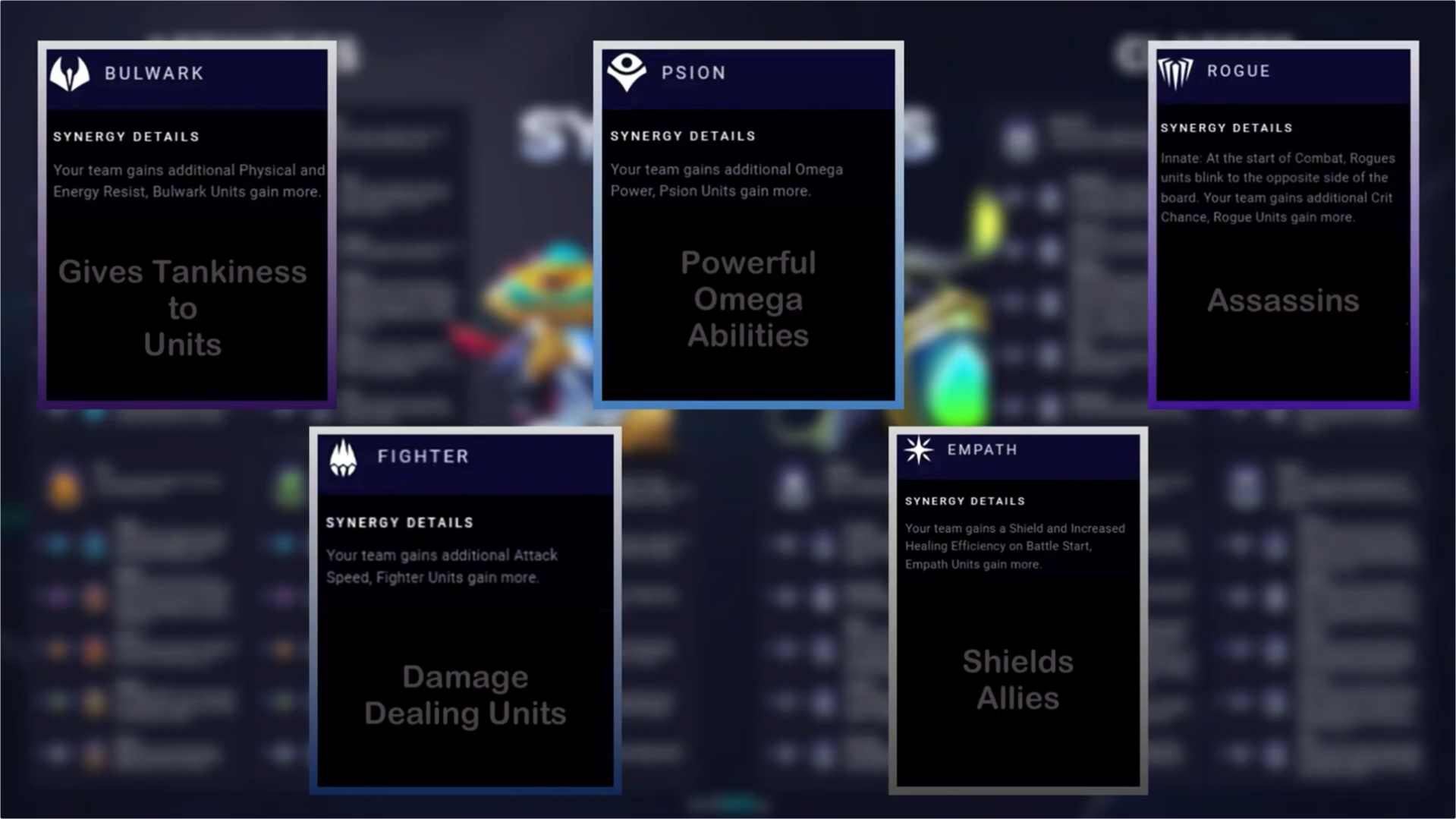
Main modes in Illuvium Arena:
- Survival: battles against waves of AI-controlled enemies.
- Ascendant: balanced 1v1 matches designed for fair competition.
- Leviathan/Gauntlet: a variant where players’ owned Illuvials and items come into play, along with enhancements known as augments.
Ownership and Progression in Illuvium
A key difference is that Illuvials and certain in-game items are NFTs, meaning digital assets that can be traded or kept in the player’s wallet. This adds a level of ownership that TFT does not have.
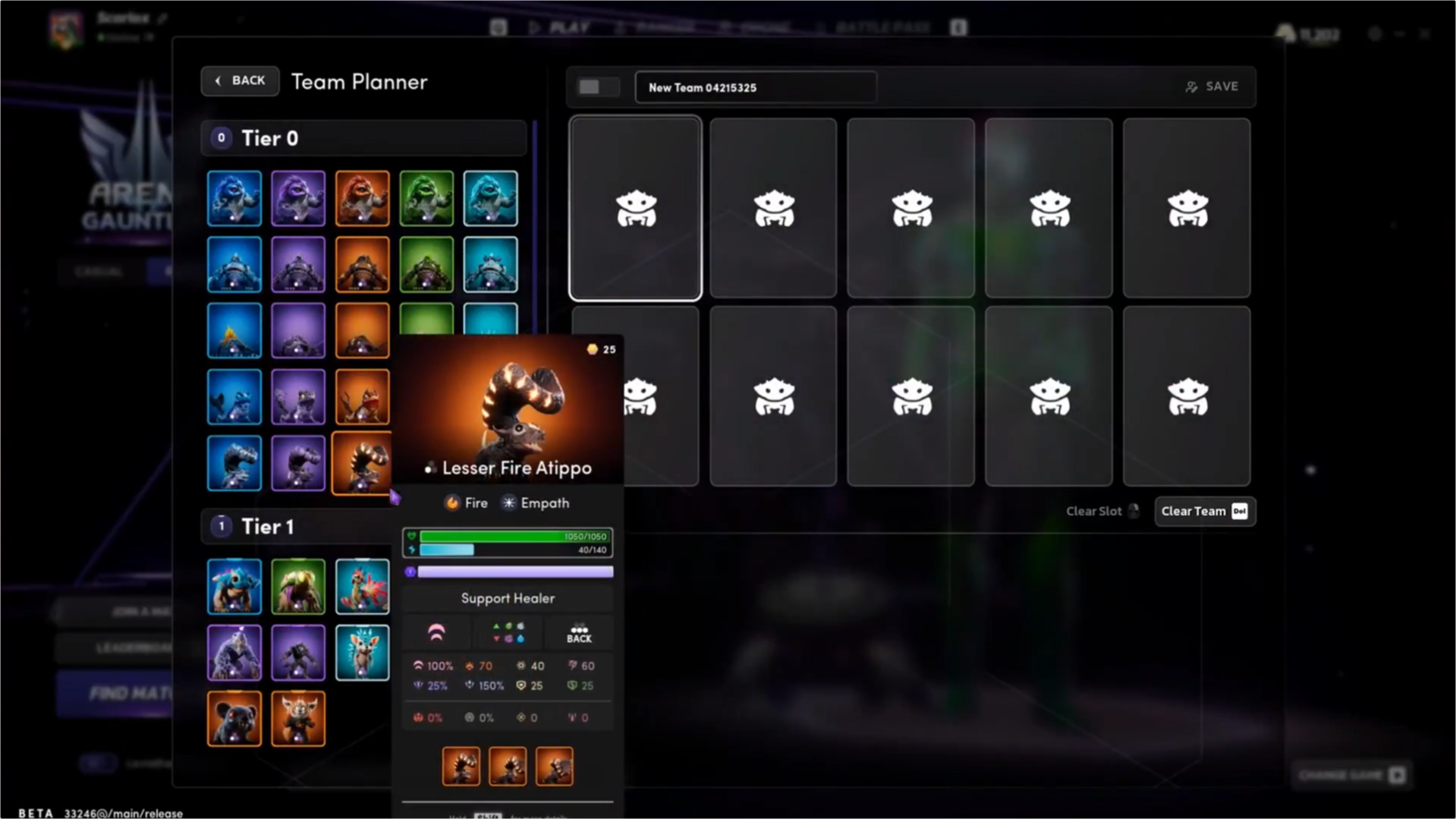
Progression also includes Illuvial fusion, which allows creatures to evolve into more powerful versions. Alongside augments and equipment, this system lets players customize their strategies in a deeper and more lasting way.
How Does It Compare to TFT?
Number of players per match
- Illuvium Arena: main matches are 1v1. In modes like Survival, players fight waves of enemies, while Leviathan/Gauntlet introduces variants with players’ inventories.
- TFT: always 8 players in a free-for-all format until only one winner remains.
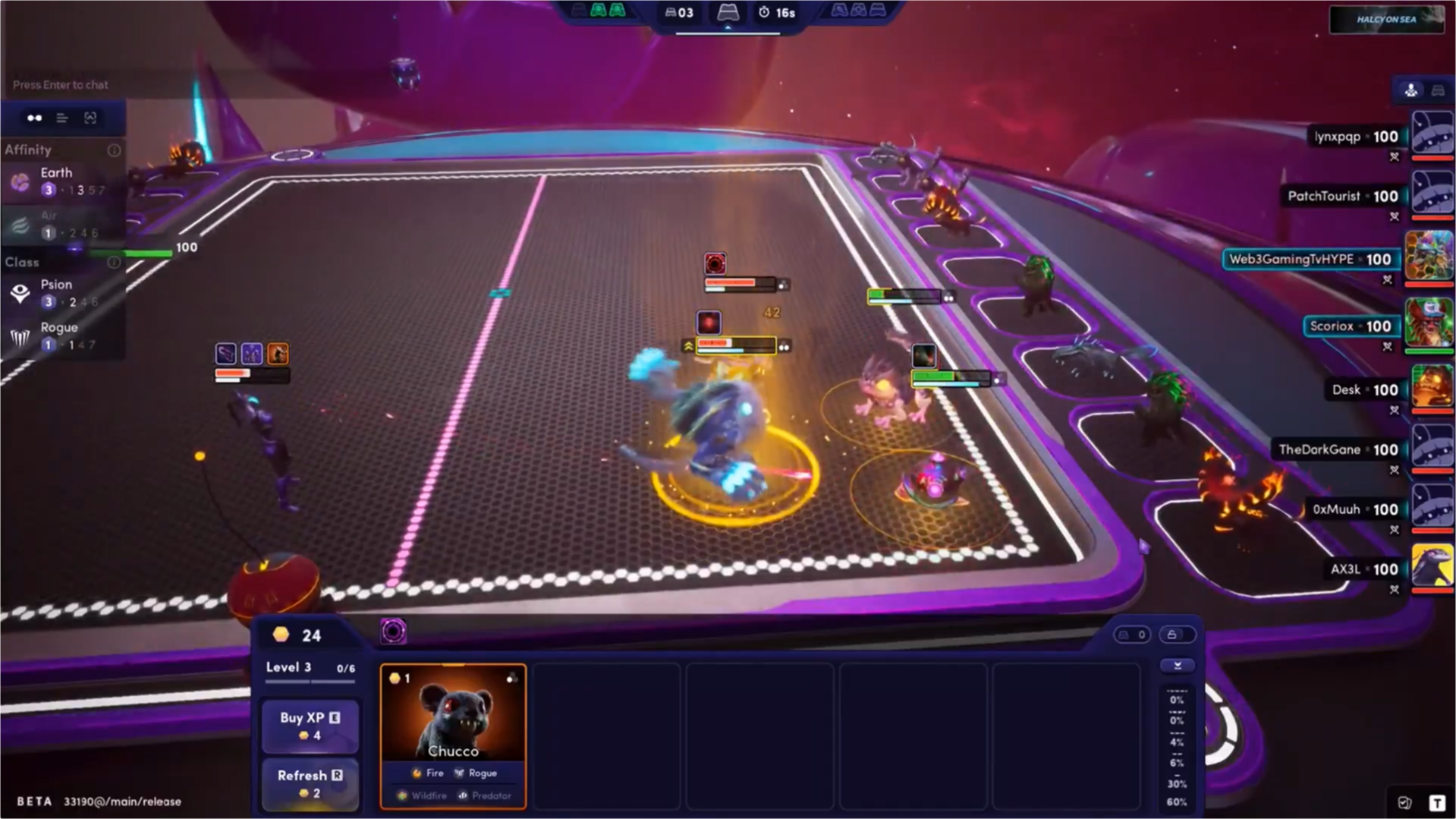
Unit system and economy
- Illuvium Arena: players recruit Illuvials and progress through fusion and augments.
- TFT: each round, players access a shared shop to purchase champions with gold, which can also be used to level up or refresh the shop.
Progression outside of matches
- Illuvium: Illuvials belong to the player and can be collected, traded, or evolved.
- TFT: progression is limited to the account and cosmetics, with no ownership of champions.
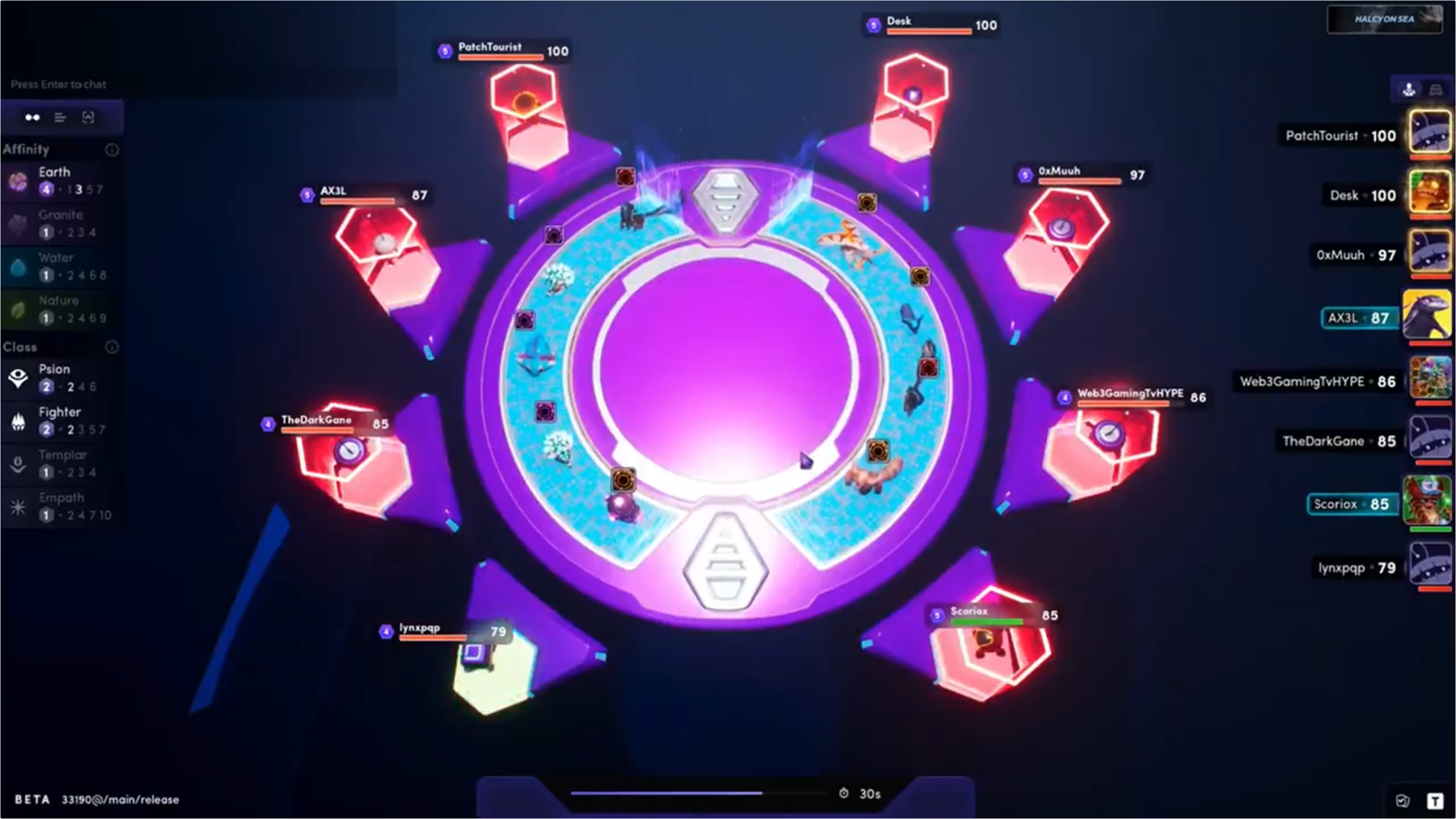
Available platforms
- Illuvium: played on PC through its own client.
- TFT: available on PC, Mac, and mobile devices, with cross-play and presence on Epic Games Store.
Key Differences Table
| Aspect | Illuvium Arena | TFT |
|---|---|---|
| Players per match | 1v1, PvE in Survival, Leviathan/Gauntlet variants | 8-player *free-for-all* |
| Unit ownership | Illuvials as NFTs | No NFTs, progression tied to the account |
| Synergies | Classes and elemental affinities | Champion traits and items |
| In-game economy | Recruitment, fusion, *augments* | Gold for purchasing and leveling |
| Platforms | PC (own client) | PC, Mac, Android, iOS, Epic Games Store |
Conclusion
Illuvium Arena and TFT belong to the same genre but offer different experiences.
- TFT remains the classic competitive standard with 8 players, featuring periodic rotations of champions and traits.
- Illuvium introduces 1v1 battles, fusion-based progression, and digital ownership of Illuvials as NFTs.
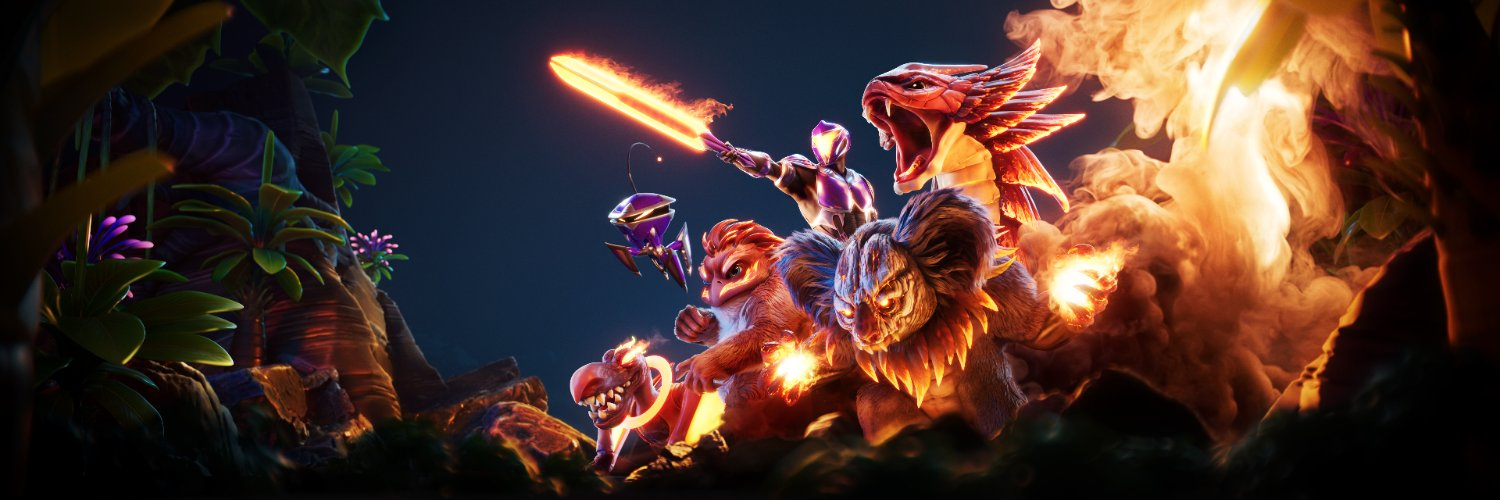
Both games are auto battlers, but while TFT reinforces Riot’s competitive ecosystem, Illuvium expands the genre into a space where units are not just pieces on a board but assets that follow the player inside and outside of matches.
6
0
NEWSLETTER
Subscribe!
And find out the latest news
Other news you might be interested in
Etiquetas







